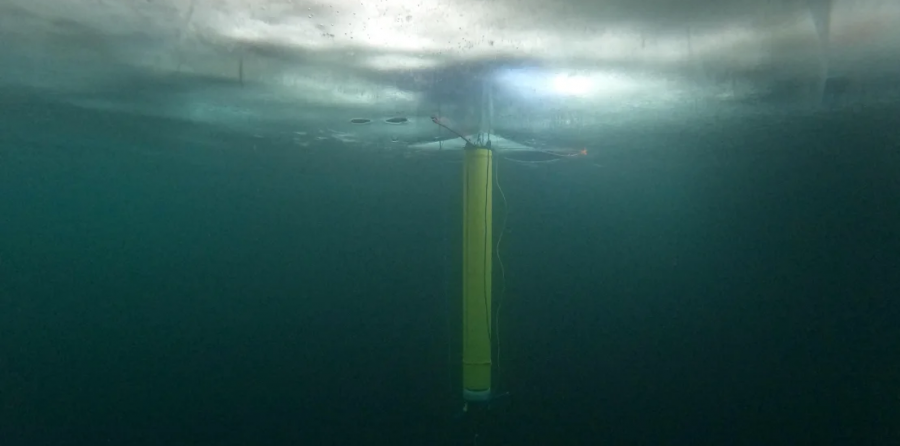NASA scientists are developing autonomous underwater robots capable of penetrating deep under the giant ice shelves of Antarctica. They will help to understand how quickly the melting of the ice cover of the continent can cause catastrophic sea level rise.
About this writes CNN.
The ultimate goal is to create a fleet of such robots in Antarctica that will be fixed on ice and collect data for a long time in one of the most inaccessible places on Earth. Scientists want to better understand this remote, isolated continent, because what is happening here has global consequences.
In March, scientists from NASA's Jet Propulsion Laboratory lowered a cylindrical robot into the icy waters of the Beaufort Sea north of Alaska to collect data at a depth of 30 meters. This was the first step in the IceNode project.
A number of recent studies indicate that Antarctica's ice sheets may be melting in alarming new ways, meaning that sea-level rise projections may be significantly underestimated. If the Antarctic ice sheet were to melt completely, it would lead to a global sea level rise of about 60m, which would spell total disaster for coastal communities.
Scientists are particularly interested in understanding what is happening to Antarctica's ice shelves, huge slabs of floating ice that jut out into the ocean and are an important buffer against rising sea levels, acting as a plug to hold glaciers back on land.
NASA plans to launch about 10 IceNode robots, each about 2.5 m long and 25 cm in diameter, into the water from a borehole in the ice or from a ship near the coast. They have no engines, but under the influence of ocean currents, controlled by special software, they will reach their destination in the Antarctic, where they will activate their "chassis" – three legs that extend and attach to the ice.

Once in place, their sensors will monitor how quickly the warm, salty ocean water melts the ice, and how quickly the cold meltwater sinks underwater.
According to NASA, the fleet can operate for up to a year, collecting data during all seasons.
After the monitoring is completed, the robots will break away from the ice, drift to the surface of the ocean and transmit data via satellite. This data can then be used in computer models to improve the accuracy of sea level rise forecasts.
Earlier, EcoPolitic talked about the French engineer Jerome Michaud-Lariviere, who created an artificial tree that generates electricity from the wind.





